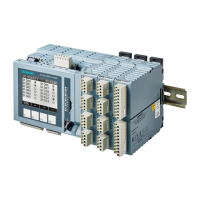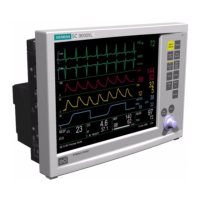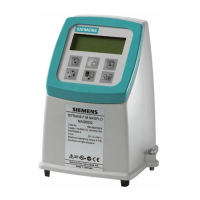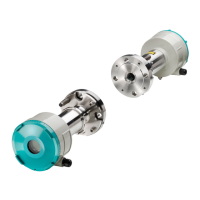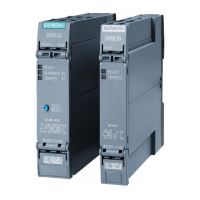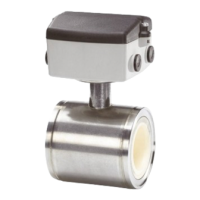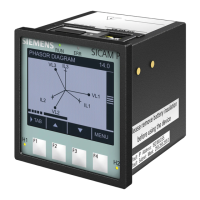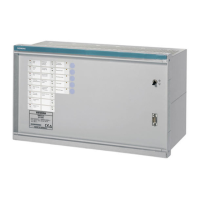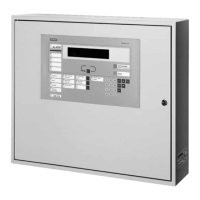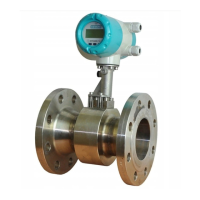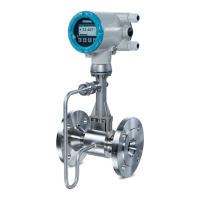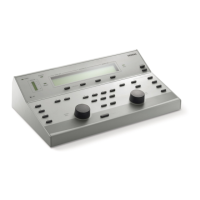
Do you have a question about the Siemens SD 270 and is the answer not in the manual?
| Brand | Siemens |
|---|---|
| Model | SD 270 |
| Category | Measuring Instruments |
| Language | English |
Details the intended users and applications for the Siemens SD 270 diagnostic audiometer.
Instructions for safely unpacking the audiometer and checking contents.
Lists the items included in the standard package for the Siemens SD 270 Audiometer.
Lists optional accessories available for the Siemens SD 270 Audiometer.
Briefly directs users to relevant sections for common operational tasks.
States that no known contradictions exist for the use of the SD 270 Audiometer.
General safety precautions for operating the SD 270 Audiometer, including manual reading and adapter use.
Discusses EMC precautions and guidance for operating the audiometer in various electromagnetic environments.
Details how to connect and operate the audiometer using the mains adapter and power supply.
Provides a table detailing all audiometer socket labels, types, colors, connected parts, and notes.
Explains how to connect the audiometer to a printer for outputting test results.
Details how to connect the audiometer to a computer for transferring test results to NOAH.
Describes audio line input/output connections for external sound sources and amplifier output.
Recommends using a quiet room or acoustic booth for audiometric testing.
Step-by-step guide on how to power the audiometer on, select headphones, and turn it off.
Instructions on how to select the operating language (English or German) for the audiometer.
Procedure to test the functionality of the patient response switch and its indicator light.
Describes the default display settings shown on the audiometer screen upon start-up.
Details the function of various controls including softkeys, OPTIONS key, and other keys like SIGNAL, MASK, SPEECH, etc.
Explains how to access the TEST MENU and describes standard tests like STENG, ABLB, SISI.
Explains how the Threshold Retention Function stores and reviews test results.
Describes how to record and save uncomfortable loudness levels (ULL) using the audiometer.
Details the process of saving audiogram thresholds to the audiometer's internal memory.
Instructions on how to retrieve saved audiograms from the audiometer's internal memory.
Guides users on connecting the audiometer to a printer and printing audiograms.
Explains how to transfer test results from the audiometer to a NOAH database using a PC.
Steps for preparing the patient and equipment before conducting an audiometric test.
Detailed steps for performing the audiometric test, including signal presentation and patient response.
Procedures to follow after the test, including reviewing results and data saving/printing.
Lists the various output specifications of the audiometer, including frequency range and level.
Table showing maximum hearing levels for air and bone conduction at different frequencies.
Provides physical specifications of the audiometer such as display, dimensions, weight, and safety.
Details the audiometer's classification regarding electric shock protection, operation mode, and mobility.
Specifies the audiometer type according to relevant standards.
Details the carrier frequencies, modulation waveform, and frequency deviation for the audiometer.
Provides technical specifications for the speech channel, including frequency response and output level.
Describes the available masking sounds, including noise bandwidths.
Details the calibration method for the insert masking earpiece.
Lists types and reference levels for transducers like DD45, E-5A, and B-71 bone vibrator.
Covers operating temperature, humidity, pressure, and input/output port specifications.
Provides instructions for cleaning and maintaining the audiometer for accuracy and service.
Guidance on checking transducer cables, connectors, and handling accessories for hygiene.
Instructions for inspecting the mains AC adapter for wear or damage and replacing if necessary.
Recommends performing a listening check to verify function and calibration of signal levels.
Notes on using headphones and free-field setups for speech testing, including important mode selections.
Explains how to monitor the patient's responses and adjust listening levels during speech tests.
Details how to select speech modes, use the TEST MENU, and control levels for different speech tests.
Describes the function and usage of the Display Counter for speech testing analysis.
Guides on setting up and performing live voice speech audiometry using headphones.
Details setup and procedure for live voice speech audiometry with contralateral masking.
Instructions for setting up and conducting recorded speech audiometry tests using headphones.
Covers setup and procedure for recorded speech audiometry with contralateral masking.
Guides for performing live voice speech audiometry in free-field conditions.
Details setup and procedure for conducting recorded speech audiometry in free-field.
Instructions for free-field recorded speech audiometry using audiometer-generated competing noise.
Covers free-field recorded speech audiometry with competing noise from a recorded source.
Provides an overview of equipment and procedures for performing free-field calibration.
Specifies the external amplifier and loudspeaker equipment required for free-field testing.
Details the general process for performing free-field calibration, including speaker placement.
Describes the two-stage process for free-field speech calibration: speech and competing noise channels.
Details calibrating the speech channel, including optional equalisation and level setting.
Describes the optional equalisation phase for the speech channel calibration using speech sources.
Explains the level setting phase for speech channel calibration using calibration tones and recordings.
Details calibrating the competing noise channel for free-field speech testing.
Guides on entering free-field calibration mode and calibrating warble tones.
Steps to enter the free-field calibration mode for warble tones.
Describes calibrating the competing noise channel in free-field calibration mode.
Details the procedure for calibrating live speech for free-field audiometry.
Provides declaration on electromagnetic emissions and guidance for the operating environment.
Details electromagnetic immunity tests and guidance for electrostatic discharge and electrical fast transients.
Covers electromagnetic immunity for conducted and radiated RF, and recommended separation distances.
Lists signal inputs and outputs, their socket types, and typical connections for external equipment.
